Informazioni di viaggio e video su Santiago de Compostela
Informazioni utili, dati, foto e video su Santiago de Compostela
Regioni
Province
Coste
Città e zone
Regioni
Province
Coste
Città e zone
Regioni
Province
Coste
Città e zone
Case vacanze in primo piano in Spagna
Santiago de Compostela - In evidenza
Santiago de Compostela - In evidenza
Santiago de Compostela
The rich history and spiritual importance of Santiago de Compostela, the capital city of Galicia, makes this an important destination for anyone visiting the region, and indeed for anyone who wishes to experience one of the few spiritual capitals of Europe.
The city has World Heritage status and boasts a wealth of monuments and cultural attractions. Its medieval quarter is vast and is home to the magnificent cathedral, that has made Santiago de Compostela, the third most important place in Christendom.
Every year thousands make a pilgrimage to the city and the atmosphere all-year round is intense.
The city located around 30 kilometres from the coast and is served by the three main airports of Galicia (Vigo, A Coruna, and Santiago), all of which are within approximately 1 hour’s drive of the city. It is also easily reachable by road or rail from Madrid and further afield.
Architecture & History
For many a visit to Santiago de Compostela is dominated by the astonishing variety of the cities architecture and historical heritage. Strolling around the old district you cannot fail to be amazed by the intricate masonry of the impressive ancient buildings, The insides of which often surpass their incredible exteriors.
The original settlement of Santiago occurred some 11 centuries ago, as do the early foundations of the Cathedral, one of the most spectacular to be found anywhere in the world.
The old town is studded with shining examples of Neo Classical, Romanesque Baroque and Gothic buildings on a monumental scale.
Modern Santiago
Santiago holds the regional parliament, and the television and media network of the province of La Coruna province. The city is a World Heritage site, and at the same time a thriving centre of commerce.
Pilgrimage
The city is home to the remains of the apostle St James, and coupled with the Cathedral this has made Santiago the third most important place of the Christian faith.
The famous pilgrimage, the “Camino de Santiago” finishes at the cathedral. This path can be followed from as far as Catalonia and beyond, however most pilgrims choose just to walk the last few kilometres.
Excursions
Santiago de Compostela, by virtue of its central location, makes a great destination for exploring the coast, and towns and cities of Galicia.
Festival
A great festival takes place annually on July 25th, St James' day, with further “fiestas” taking place frequently throughout July and August.
In any year, when the day of St James occurs on a Sunday, it is marked as special and called Jacobeo. During this year, an otherwise unused cathedral door is opened, and the pilgrimage and festival take on greater importance.
Eating out
There are many bars and restaurants where you can enjoy the local tapas or the cuisine of Galicia whilst watching the world go by.
Cuisine
The uniqueness of the Galician culture is demonstrated in the local gastronomy: you will not find so much rice or pasta in Galicia as you do elsewhere. Potatoes tend to be the accompaniment of choice for fish and meat dishes.
Shellfish is very popular in Galicia and seafood is considered the staple diet. Galicia harvests more fruits of the sea than anywhere else in Europe; the sand beds of the coastline, and the many fishing ports, make this possible.
The astonishing variety of fish species and crustaceans are prepared and cooked in a myriad of dishes depending on the region within Galicia. With the main cities being so close to the ports, freshness is always assured.
Car rental
All of the major car rental companies have representation in Santiago de Compostela. A hire car is recommended if you want to travel outside of the city and experience the rest of the Galicia, or the region of La Coruna.
Public transport
The city is connected to the rail network, and there are several tour companies offering excursions. Within the city there is an extensive bus network, plus taxis are freely available.
Climate
The Galician climate is generally quite temperate. In the winter it is not uncommon for strong winds to blow off the sea. Throughout the year there is quite a bit of rain. Spring and summers are warm. Weather here is often changeable and can have several faces in one day.
The rich history and spiritual importance of Santiago de Compostela, the capital city of Galicia, makes this an important destination for anyone visiting the region, and indeed for anyone who wishes to experience one of the few spiritual capitals of Europe.
The city has World Heritage status and boasts a wealth of monuments and cultural attractions. Its medieval quarter is vast and is home to the magnificent cathedral, that has made Santiago de Compostela, the third most important place in Christendom.
Every year thousands make a pilgrimage to the city and the atmosphere all-year round is intense.
The city located around 30 kilometres from the coast and is served by the three main airports of Galicia (Vigo, A Coruna, and Santiago), all of which are within approximately 1 hour’s drive of the city. It is also easily reachable by road or rail from Madrid and further afield.
Architecture & History
For many a visit to Santiago de Compostela is dominated by the astonishing variety of the cities architecture and historical heritage. Strolling around the old district you cannot fail to be amazed by the intricate masonry of the impressive ancient buildings, The insides of which often surpass their incredible exteriors.
The original settlement of Santiago occurred some 11 centuries ago, as do the early foundations of the Cathedral, one of the most spectacular to be found anywhere in the world.
The old town is studded with shining examples of Neo Classical, Romanesque Baroque and Gothic buildings on a monumental scale.
Modern Santiago
Santiago holds the regional parliament, and the television and media network of the province of La Coruna province. The city is a World Heritage site, and at the same time a thriving centre of commerce.
Pilgrimage
The city is home to the remains of the apostle St James, and coupled with the Cathedral this has made Santiago the third most important place of the Christian faith.
The famous pilgrimage, the “Camino de Santiago” finishes at the cathedral. This path can be followed from as far as Catalonia and beyond, however most pilgrims choose just to walk the last few kilometres.
Excursions
Santiago de Compostela, by virtue of its central location, makes a great destination for exploring the coast, and towns and cities of Galicia.
Festival
A great festival takes place annually on July 25th, St James' day, with further “fiestas” taking place frequently throughout July and August.
In any year, when the day of St James occurs on a Sunday, it is marked as special and called Jacobeo. During this year, an otherwise unused cathedral door is opened, and the pilgrimage and festival take on greater importance.
Eating out
There are many bars and restaurants where you can enjoy the local tapas or the cuisine of Galicia whilst watching the world go by.
Cuisine
The uniqueness of the Galician culture is demonstrated in the local gastronomy: you will not find so much rice or pasta in Galicia as you do elsewhere. Potatoes tend to be the accompaniment of choice for fish and meat dishes.
Shellfish is very popular in Galicia and seafood is considered the staple diet. Galicia harvests more fruits of the sea than anywhere else in Europe; the sand beds of the coastline, and the many fishing ports, make this possible.
The astonishing variety of fish species and crustaceans are prepared and cooked in a myriad of dishes depending on the region within Galicia. With the main cities being so close to the ports, freshness is always assured.
Car rental
All of the major car rental companies have representation in Santiago de Compostela. A hire car is recommended if you want to travel outside of the city and experience the rest of the Galicia, or the region of La Coruna.
Public transport
The city is connected to the rail network, and there are several tour companies offering excursions. Within the city there is an extensive bus network, plus taxis are freely available.
Climate
The Galician climate is generally quite temperate. In the winter it is not uncommon for strong winds to blow off the sea. Throughout the year there is quite a bit of rain. Spring and summers are warm. Weather here is often changeable and can have several faces in one day.
Visite ed attività nella zona

Dove soggiornare in Spagna a gennaioGennaio è il mese perfetto per una vacanza in Spagna. Isole assolate, città vivaci, montagne e natura spettacolare...scelgi la tua destinazione ideale |
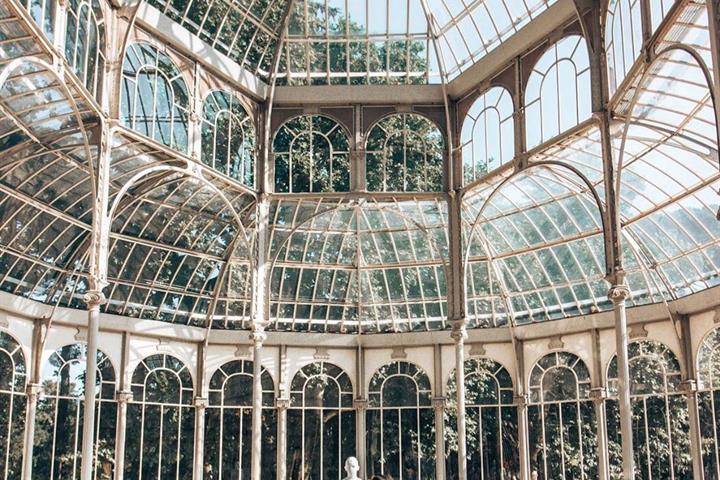
Dove soggiornare in Spagna in ottobreOttobre è il periodo ideale per visitare la Spagna. Al sud il clima è ancora ottimo ed in tutto il paese le feste autunnali sono in pieno svolgimento. |
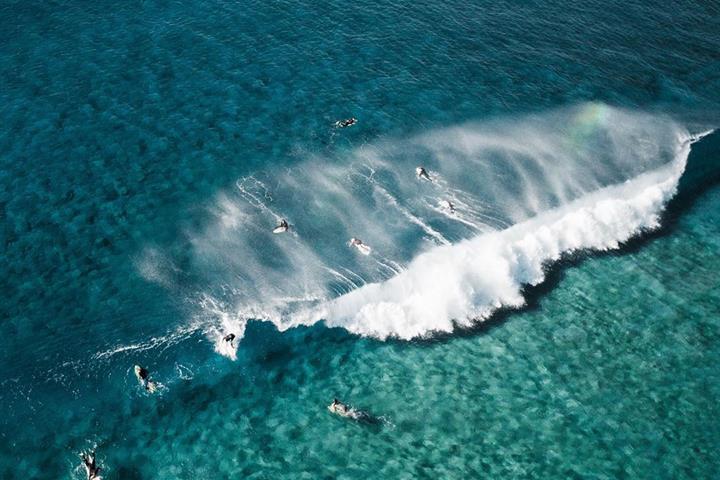
Dove andare in vacanza in Spagna a settembreCerchi idee per una vacanza in settembre? Scegli la Spagna! Destinazioni di ogni tipo ed un clima ideale; il luogo perfetto per una vacanza da sogno. |
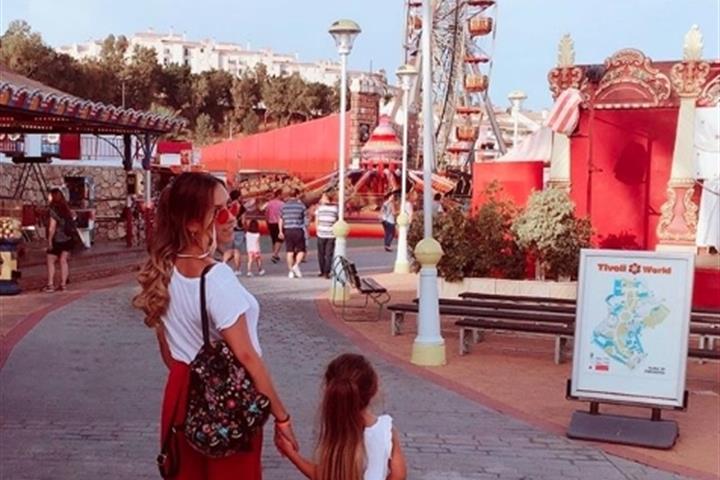
I migliori parchi di divertimenti di SpagnaVivi una vacanza indimenticabile con la tua famiglia visitando uno dei tanti parchi di divertimento di Spagna. Scopri la nostra Top 10. |
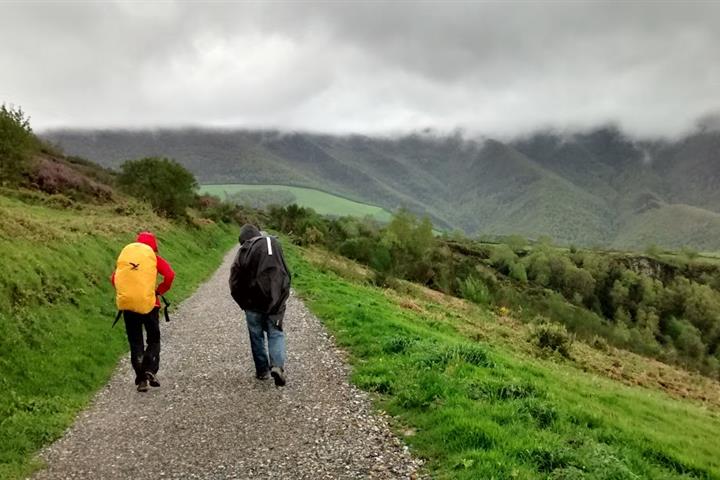
Il Camino de SantiagoIl Camino de Santiago è una meraviglia della Spagna. Percorrilo a piedi o in bicicletta per un'esperienza personale unica e viste mozzafiato. |

Cucina gallega - i piatti da non perdereUn'introduzione alle specialità più note ed apprezzate della fantastica gastronomia gallega. |
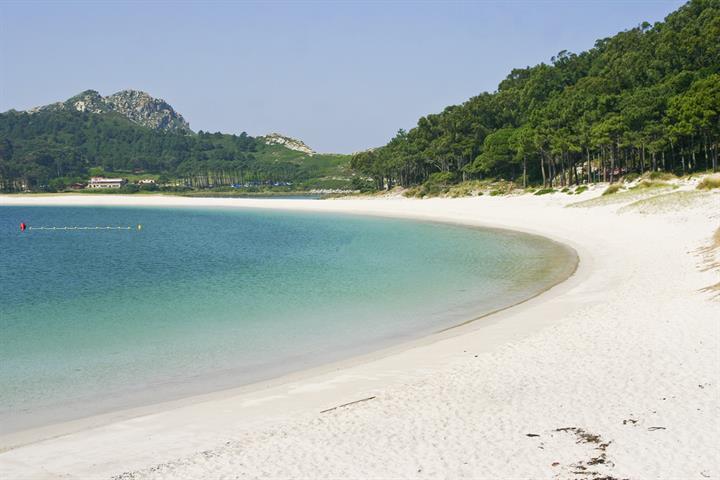
Le spiagge più belle della GaliziaLa costa gallega è ricca di colori: il verde brillante dei boschi, il blu intenso dell'oceano, il sorprendente bianco delle spiagge più belle... |
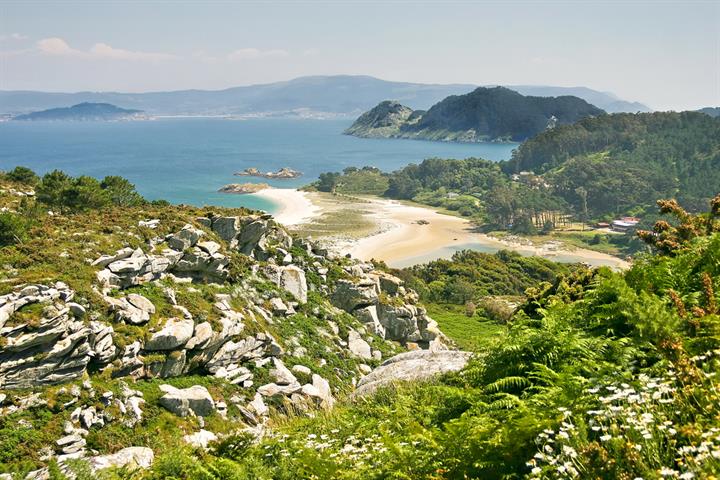
Alla scoperta della GaliziaPer molti viaggiatori situare la Galizia sulla mappa può essere un'impresa. Scoprite con noi alcuni dei tesori nascosti in questa splendida regione. |

Dove soggiornare in Spagna a gennaioGennaio è il mese perfetto per una vacanza in Spagna. Isole assolate, città vivaci, montagne e natura spettacolare...scelgi la tua destinazione ideale |

Dove soggiornare in Spagna in ottobreOttobre è il periodo ideale per visitare la Spagna. Al sud il clima è ancora ottimo ed in tutto il paese le feste autunnali sono in pieno svolgimento. |

Dove andare in vacanza in Spagna a settembreCerchi idee per una vacanza in settembre? Scegli la Spagna! Destinazioni di ogni tipo ed un clima ideale; il luogo perfetto per una vacanza da sogno. |

I migliori parchi di divertimenti di SpagnaVivi una vacanza indimenticabile con la tua famiglia visitando uno dei tanti parchi di divertimento di Spagna. Scopri la nostra Top 10. |

Il Camino de SantiagoIl Camino de Santiago è una meraviglia della Spagna. Percorrilo a piedi o in bicicletta per un'esperienza personale unica e viste mozzafiato. |

Cucina gallega - i piatti da non perdereUn'introduzione alle specialità più note ed apprezzate della fantastica gastronomia gallega. |

Le spiagge più belle della GaliziaLa costa gallega è ricca di colori: il verde brillante dei boschi, il blu intenso dell'oceano, il sorprendente bianco delle spiagge più belle... |

Alla scoperta della GaliziaPer molti viaggiatori situare la Galizia sulla mappa può essere un'impresa. Scoprite con noi alcuni dei tesori nascosti in questa splendida regione. |

Dove soggiornare in Spagna a gennaioGennaio è il mese perfetto per una vacanza in Spagna. Isole assolate, città vivaci, montagne e natura spettacolare...scelgi la tua destinazione ideale |

Dove soggiornare in Spagna in ottobreOttobre è il periodo ideale per visitare la Spagna. Al sud il clima è ancora ottimo ed in tutto il paese le feste autunnali sono in pieno svolgimento. |

Dove andare in vacanza in Spagna a settembreCerchi idee per una vacanza in settembre? Scegli la Spagna! Destinazioni di ogni tipo ed un clima ideale; il luogo perfetto per una vacanza da sogno. |

I migliori parchi di divertimenti di SpagnaVivi una vacanza indimenticabile con la tua famiglia visitando uno dei tanti parchi di divertimento di Spagna. Scopri la nostra Top 10. |

Il Camino de SantiagoIl Camino de Santiago è una meraviglia della Spagna. Percorrilo a piedi o in bicicletta per un'esperienza personale unica e viste mozzafiato. |

Cucina gallega - i piatti da non perdereUn'introduzione alle specialità più note ed apprezzate della fantastica gastronomia gallega. |

Le spiagge più belle della GaliziaLa costa gallega è ricca di colori: il verde brillante dei boschi, il blu intenso dell'oceano, il sorprendente bianco delle spiagge più belle... |

Alla scoperta della GaliziaPer molti viaggiatori situare la Galizia sulla mappa può essere un'impresa. Scoprite con noi alcuni dei tesori nascosti in questa splendida regione. |